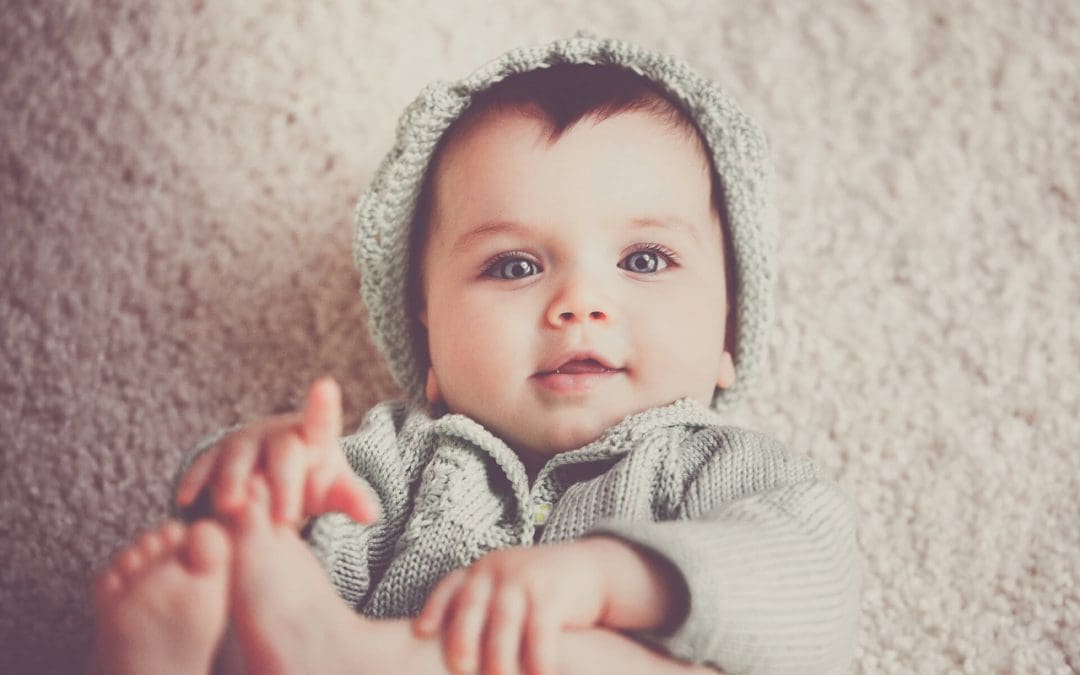Welcoming a new baby into your home is an exciting time, but it also comes with new challenges. One of the most important tasks for new parents is ensuring their home is a safe environment. Babyproofing your home involves making adjustments and adding safety features to prevent accidents and injuries. Here’s a comprehensive guide to help you babyproof your home effectively.
Assess Before You Babyproof Your Home
Before you start babyproofing, it’s crucial to walk through your home and identify potential hazards. Get down on your hands and knees to see things from your baby’s perspective. Look for sharp edges, small objects, and places your baby could fall or get stuck. Make a list of areas that need attention so you can address them systematically.
Securing Furniture and Appliances
One of the biggest risks in any home is heavy furniture and appliances that can tip over. Secure bookshelves, dressers, and TVs to the wall using brackets and straps. Ensure that all furniture is stable and cannot be easily pulled over by a curious toddler.
Install Safety Gates to Babyproof Your Home
Safety gates are essential for keeping babies out of dangerous areas like staircases and kitchens. Install gates at the top and bottom of stairs and in doorways leading to rooms that are off-limits. Choose gates that are sturdy and difficult for your child to open.
Covering Sharp Edges and Corners
Furniture with sharp edges and corners can pose a significant risk to a crawling or walking baby. Use corner guards and edge bumpers on coffee tables, desks, and other sharp-edged furniture. These soft covers can prevent painful bumps and injuries.
Locking Cabinets and Drawers
Babies love to explore, and cabinets and drawers are often full of interesting but potentially dangerous items. Install childproof locks on all cabinets and drawers within your baby’s reach. This is especially important in the kitchen and bathroom, where cleaning supplies, medications, and sharp objects are commonly stored.
Use Outlet Covers When You Babyproof Your Home
Electrical outlets are at the perfect height for curious little fingers. To prevent your baby from sticking anything into the outlets, use outlet covers or safety plugs. Ensure that these covers are secure and cannot be easily removed by your child.
Securing Windows and Doors
Windows and doors can be another source of danger. Install window guards or stops to prevent windows from opening more than a few inches. Ensure that blind cords are out of reach or use cord shorteners to avoid strangulation hazards. Use doorstops and pinch guards to prevent little fingers from getting caught in closing doors.
Keeping Small Objects Out of Reach
Babies explore the world by putting things in their mouths, which can lead to choking hazards. Regularly check floors and low surfaces for small objects like coins, buttons, and beads. Keep small toys, batteries, and other potential choking hazards out of your baby’s reach.
Adjusting Water Heater Temperature
Hot water can scald a baby’s sensitive skin in seconds. Set your water heater to 120 degrees Fahrenheit or lower to reduce the risk of burns. Always test the water temperature before placing your baby in the bath.
Create a Safe Sleep Environment When You Babyproof Your Home
A safe sleep environment is crucial for your baby’s well-being. Use a crib with a firm mattress and fitted sheet. Avoid using pillows, blankets, and stuffed animals in the crib, as these can pose suffocation risks. Ensure the crib meets current safety standards and has no gaps or loose parts.
Educating Family Members and Caregivers
Finally, it’s important to educate everyone who will be caring for your baby about babyproofing measures. Make sure grandparents, babysitters, and older siblings understand the importance of keeping doors closed, using safety locks, and being vigilant about small objects and other hazards.
Babyproofing your home may seem daunting, but by taking these steps, you can create a safe environment where your baby can explore and grow. Regularly reassess your home as your child develops new skills and becomes more mobile. Remember, the goal is not to eliminate all risks but to minimize them, allowing your baby to explore safely.
FAQs When You Babyproof Your Home
How do I babyproof my home if I live in a rental property?
For rental properties, use non-permanent solutions such as pressure-mounted safety gates and adhesive-based locks for cabinets and drawers. Use furniture straps that can be attached without screws and removable wall decals for any necessary signage or reminders.
How can I babyproof my car?
To babyproof your car, ensure that your car seat is correctly installed and meets safety standards. Use backseat organizers to keep small objects out of reach, install window shades to protect from sun exposure, and lock power windows and doors. Regularly check for loose items that could become hazards during travel.
How can I babyproof my home on a budget?
Start by focusing on the most critical areas. Use inexpensive solutions like foam pipe insulation for sharp edges, DIY door stoppers using pool noodles, and temporary cabinet securing with rubber bands or hair ties. Prioritize essential items like outlet covers and safety gates, and consider second-hand stores for affordable babyproofing products.
How do I handle babyproofing around pets?
Ensure pet food and water bowls are kept out of your baby’s reach to prevent spills and choking hazards. Use baby gates to create separate areas for pets and babies, and keep pet toys and small items stored away. Make sure litter boxes and pet bedding are inaccessible to your child.
CheckPoint Property Inspections offers home inspections for customers in Burlington, Vermont, and surrounding areas. Contact us to schedule an appointment for our services.

